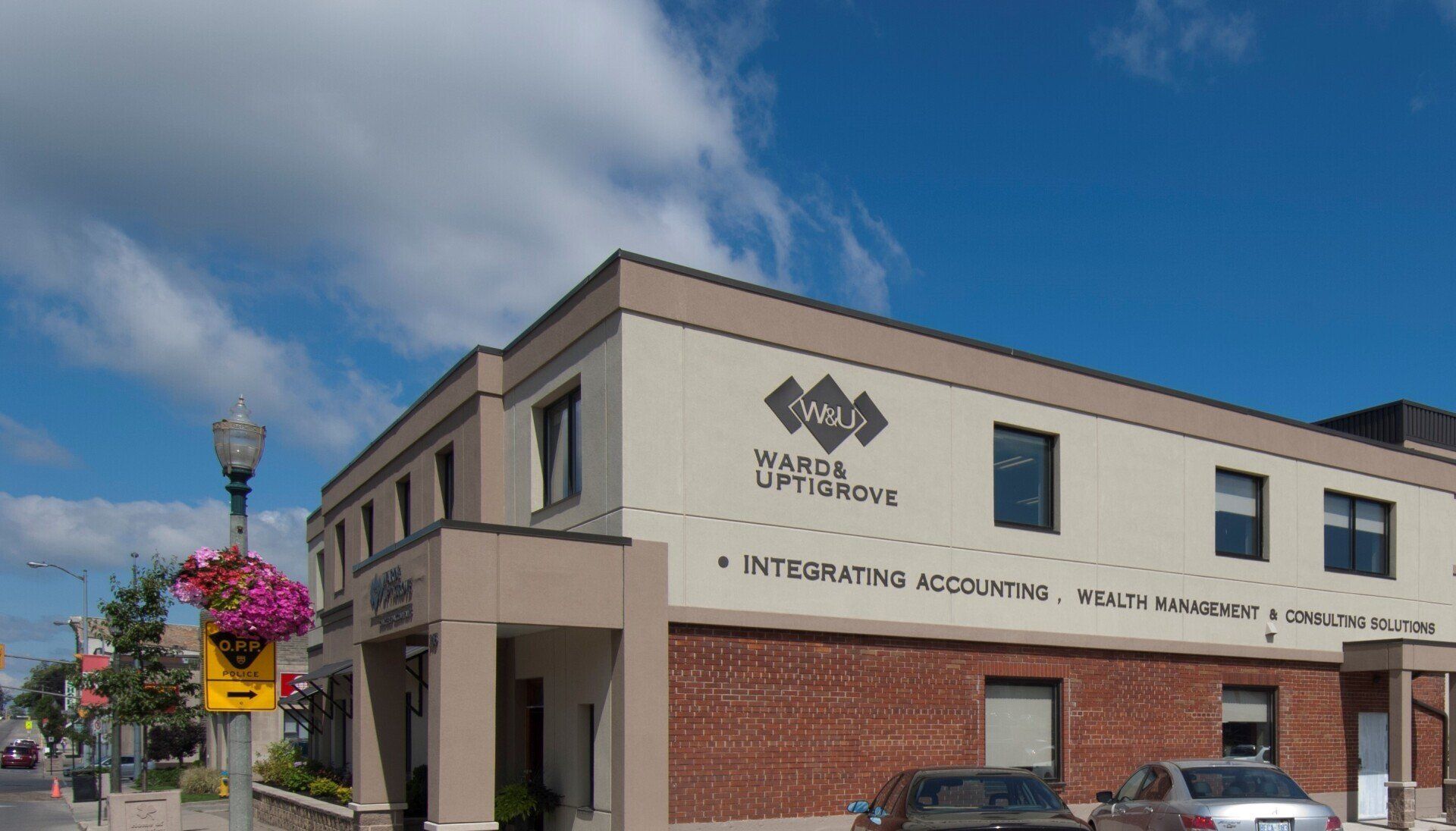What is a Financial Plan?
What goes into a comprehensive Financial Plan?
Financial plan is a broad term and it can be applied pretty loosely. But that’s okay, because a financial plan can be very different for everyone. Each individual situation will have different levels of focus and concentration, and it certainly isn't a cookie cutter, one size fits all.
A financial plan should go back to focusing on what the specific needs of that individual are. The first and most important piece is that you must define the financial goals and objectives of the person or the people that the plan is being completed for.
The second thing that you need to do is have a good understanding of the current financial position, which is understanding the person’s net worth. What do you own? Assets; do you own a house, do you have investments? What are your debts? Do you have a mortgage? Do you have a line of credit, or student loans, or loans within your business? All of these pieces are key to understanding someone’s financial position.
Additionally, there's a term that we call the “financial lifecycle” that helps us understand where you are in life from a qualitative point of view. Different people reside in different places on the financial lifecycle. For example, someone who is 30 years old with a couple of young kids is in a very different position than someone who is 60 years old with grown children.
So, within a financial plan, there are certain areas you can focus on, and how much work you do really depends on where you're on the financial lifecycle.
The six areas of focus within a comprehensive financial plan are: protection planning (otherwise known as insurance), investment planning, tax planning, retirement planning, estate planning, cashflow planning.
1. Tax Planning
Tax planning is very different for people with different sources of income. For someone with only employment income or T4 income, the use of RSP accounts is one of the common ways to limit taxes. Within your investing plan, you can use different strategies like taking advantage of tax free savings accounts, or maybe using a spousal RSP account.
For business owners, it can be even more sophisticated. Often, there is a company that's utilized for investing called a “hold co” or holding company. The specific strategy with tax planning is for the working years, to build money up into the savings company and then draw it down in retirement.
2. Estate Planning
Estate planning determines what happens with what's left when you pass away. It’s very lifecycle dependent as well, and often top of mind for the 60 year olds out there. Going through the retirement planning and then estate planning process gives you a good understanding of what could be left if passing away at different ages. We then have a discussion of what your wishes are and what you want to have done with the excess. We make sure that your documents, specifically your will, reflects those wishes and ensure they’re in place and up to date.
There are also conversations to be had about the transition of wealth before an estate settlement can be done. The transition of wealth to the next generation can have tax advantages, but it must be planned for to ensure you will have enough for yourself.
Power of attorney documents are also extremely important. These documents say who will look after your affairs if you haven’t passed away but are unable to look after these items yourself. In addition, there are documents that specifically address your health care and financial decisions. There are all sorts of complications about what the family may receive at death, especially second death, when RRIF accounts and corporate accounts are no longer being drawn from. If proper planning isn’t in place, there is the potential that over half of what you leave behind could go to tax.
3. Cash Flow Planning
It seems everything ultimately comes down to cash. When we're looking at 30-year-old individuals, it's money that's coming in, and making sure that we have a plan in place.
We ask: what's going towards debts? Are you paying down mortgages? Or maybe paying down line of credits or student loans? And then how much are you spending on insurance? How much are you putting towards savings each month, and then what's left to cover day to day expenses?
After you’ve put money towards your debts, insurance and savings, what you have leftover for day-to-day expenses may be eye-opening. This can help you realize what it means to live within your means, especially if you've got these other financial goals that we've talked about.
For the 60 year olds, we looks at things the opposite way. Where is cash going to come from when I'm in retirement? What's coming from government benefits like CPP and old age security? And where am I going to draw from my savings to ensure tax efficiency? This is where we would go back to tax and protection planning, to ensure you are fully covered.
4. Investment Planning
Investment planning is identifying what your savings are for and when those savings will be needed. For someone in their 30s, there may be a good portion of their savings that's designated for long term items. They might be putting money away for retirement, or it could be savings for a shorter period. However, for those in their 60’s, the investment planning is different. In a few years, you may start drawing from those investments. You need them to create an income.
All of this needs to be communicated to the Portfolio Manager so that they can do the appropriate investing work. And then within that, there is the use of specific accounts like RSPs, registered retirement savings plan accounts, Registered Education Savings Plans. For families that may have somebody with a disability, there's the Registered Disability Savings Plan Account that can be set up as well.
5. Retirement Planning
Retirement planning is typically the anchor of a financial plan, especially for those where retirement is on the horizon. Sometimes people say “oh, I'll never retire.” But the question you need to ask is when do you want to be working because you want to, not because you have to.
When planning for retirement, you need to go back to what your goals are and do the calculations to meet those goals. What do you need to live off? Maybe you want to travel and need money set aside for that. Or maybe you want to purchase a winter property and go away for four months of the year. Lately, with housing prices that we're seeing, some people want to gift money to their children earlier in their retirement years. Ensuring these goals can be met is the first step.
Relating it back to the 30 year olds, often, the retirement planning piece isn’t so important at that stage of the lifecycle. So much can change between now and when you're retiring. The main thing is to ensure that there is a savings plan in place or at least a path to savings plan. However, each plan is unique to each person’s individual goals.
6. Protection Planning
Protection planning is a fancy way of saying insurance. And primarily, protection planning ensures that there are measures in place if something bad happens, something that's going to prevent you from earning income going forward. Those bad things could be a death, accident, illness, or disability. There is insurance for all these areas, and each one is different from the next. What type of coverage and insurance you need often depends on where you are in the financial lifecycle.
What happens after you finish your Financial Plan?
Financial planning is a verb, it's something that's ongoing. It's not a noun. It's not the stack of paper or PDF document that just sits there and doesn't do anything. You must revisit the financial plan on an ongoing basis. Not only must you ensure that action items are taken care of, you may find you need to pivot and develop new strategies as your life changes. And this is where it's so important to have a good relationship with your Financial Planner.
If you want to learn more about comprehensive financial planning, listen to our podcast episode with President of Ward & Uptigrove Wealth Management, Luke MacLennan, CPA, CA on
our website here or wherever you get your podcasts under "Integrating for Success".
Next Steps
Contact a Ward & Uptigrove Wealth Management representative at 519-291-3040 or email info@w-u.on.ca to learn more.





